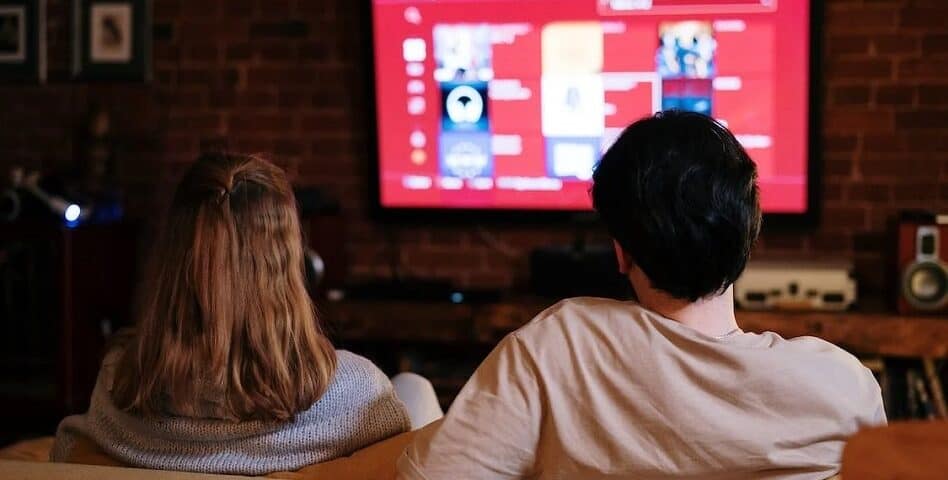
Validity of the Modified SIT-Q 7d for Estimating Sedentary Break Frequency and Duration in Home-Based Office Workers During the COVID-19 Global Pandemic: A Secondary Analysis
February 28, 2023
The relationship between sedentary behavior and dry eye disease
March 16, 2023A paper titled “The Socioeconomic Paradox of Physical Activity and Sedentary Behavior in Europe” was recently published in the Journal of Physical Activity and Health. The summary of the paper and citation details are re-posted below. The full publication can be found here.
ABSTRACT
Background: A low socioeconomic status (SES) presents lower physical activity; however, the relationship between SES and sedentary behavior (SB) remains unclear. We aimed to assess this association of SES with physical activity (PA) and SB. Methods: We employed representative self-reported data of the European Union from the cross-sectional survey Eurobarometer 2017, comprising a final sample of 13,708 citizens (18–64 y old), to assess the association of SES (education, occupation, and economic issues) with PA and sitting time quartiles, and to describe inequalities in vigorous, moderate, and walking activity and sitting time. Results: Multinomial regressions revealed that people from higher SESs were more likely to report higher PA; nonetheless, higher educational attainment and occupations were also associated with higher sitting time but not with lower economic issues. The inequality, shown by Gini coefficients, describes a socioeconomic gradient in vigorous and moderate activity, from higher inequality in lower statuses to lower inequality in higher statuses. The Gini coefficients also indicated higher socioeconomic inequalities in PA than SB. Conclusions: Higher SESs showed paradoxically more PA and SB; however, sitting time presented smaller differences and a more homogeneous distribution across the population.
CITATION




